Fast internet arrives at the farm, as does a wireless network. But nothing's ever easy, is it?
To be fair, when the engineer switched on the ADSL connection, my modem picked it up without a hitch, the wireless router connected sweetly and began serving internet all round the house: to my Pismo with its new card sticking out of the side, and to my daughter’s iBook plugged in to an Airport Express. We were surfing within a couple of minutes, and I’m now writing this entry listening to Mory Kante on BBC Radio Three. It’s good to have broadband.
If that sounds smooth, then let me tell you about the background. It goes back a year or more. ADSL (asynchronous digital subscriber line) technology is a means of squashing broadband internet into an existing copper phone line, while allowing normal phone calls. Very clever, but it only works if you’re within a certain distance of an ADSL-equipped exchange. The variety of ADSL used by Telecom in NZ (marketed as Jetstream) has a range of about 5 to 7km. Our main exchange is about 15km away, and until last year I thought our only broadband options would involve 3G mobile phones (reception at the farm is patchy, to say the least) or wireless (small problem: we have Mt Brown (450m) between us and the transmitter). Then a chance remark by a neighbour suggested that our little sub-exchange - a box on the roadside by Waipara West - might be upgradeable to handle Jetstream. I started phoning around, and eventually tracked down someone in Telecom who could tell me what was what. An upgrade was certainly possible, and there was a programme to do most of the rural boxes in NZ, but we weren’t yet on the list, and wouldn’t be for the foreseeable future. To do ours, they’d need to be sure that at least 10 of the 48 people served by the box would sign up for Jetstream. My neighbour at Claremont Country Estate was also feeling the need for broadband, so we started a little campaign. The rural postie, bribed with a bottle of wine, stuck a leaflet in the relevant boxes (the ones within 5km of the box), and we started our pitch.
It took months - and months - but we ended up with about five or six probables and five or six possibles. I thought we hadn’t done enough, but a couple of months ago I learned (thanks to a very helpful lady at Telecom - take a bow Joanne), that our box was scheduled to go live for ADSL on Nov 7th. Our little campaign had done enough to push us up the queue, if nothing else. Much celebration. My wife’s VPN connection to her client in the US was about to become significantly more usable. No more hours waiting for files to arrive.
This gave free rein to my wireless network plans. Instead of wiring an ethernet network round the house, I decided to get an ADSL modem/wireless base station, an Airport card for the iBook, and a suitable card for my PowerBook. The modem base station was easy: my dealer recommended a Netgear model. For the old Pismo, I learned that a Linksys WPC54GS shared the same chipset as Apple’s own cards, and so would work with their wireless software. But Apple had discontinued sales of Airport cards for G3 iBooks. They are still available, if expensive, but use the older, slower 802.11b wireless standard. On the other hand, the iBook is seldom moved off her desk, so an Airport Express would do the job nicely. Or so I thought.
I bought the gear, and decided to get the wireless side of things up and running before the 7th came round. A rainy day provided a perfect opportunity. The Netgear worked perfectly. The Linksys card was recognised by Apple’s software and configured automatically. 20 minutes gone. Then I set about getting the Airport Express (AX) to work. Being used to plug and play, I plugged and played. It didn’t work. The network could see the AX, but the iBook couldn’t see the AX over its ethernet cable connection. I checked a few websites. I followed suggestions found at the excellent Apple Discussions board, but it was the best part of a day before I stumbled across the root of my problem. The Netgear chipset didn’t support wireless “bridging” - a mode where the AX acts as a sort of extender for the wireless network, the only mode where the AX ethernet connection would do what I wanted.
I had two options. Get rid of the AX and get an Airport card for the iBook. More expensive, and a mixed 11b and 11g network runs more slowly than a “pure” 11g set up. Or I could trade the Netgear for something with a chipset known to work. Thanks to this thread at Apple Discussions, I discovered a Belkin base station that would do the job - but it’s not a modem. In the end, I got a simple little modem packaged up by Telecom (D-Link DSL-302G), and the two work together really well. With the right gear, setting up the network took about ten minutes. Everything was ready for the Jetstream installation. I booked one for Nov 9th.
Nothing happened on the 9th. After hanging on to a phone for what seemed like hours, I was told the box hadn’t been upgraded yet. An email to Joanne at Telecom elicited an apology and the news of a two week delay. The box would be commissioned on Nov 21st. I rang to book another installation. It was promised for the 24th, which came and went with no ADSL connection light on the modem. More hours on the phone. It was the ISP’s fault apparently. The earliest they could do a connection would be Dec 1st. I went politely ballistic, and after more phone time secured a commitment to the 26th. And it happened. And it works, and the world is at my fingertips.
The only remaining challenge: working out how to make my wife’s IBM Stinkpad, running a specially secure version of Windows 2000, do a VPN over internet connection. It should be easy. When she gets back from her current gig in the Middle East I shall delve into the world of Microsoft, big US banks, VPN and firewalls. Will that be easy? I live in hope, but not in expectation.


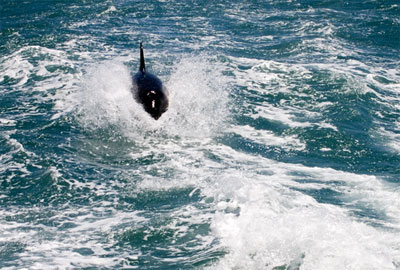
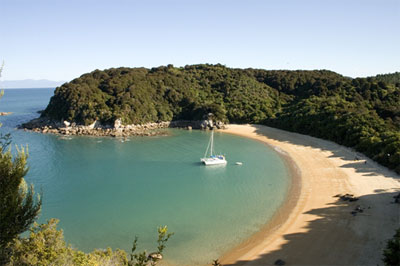

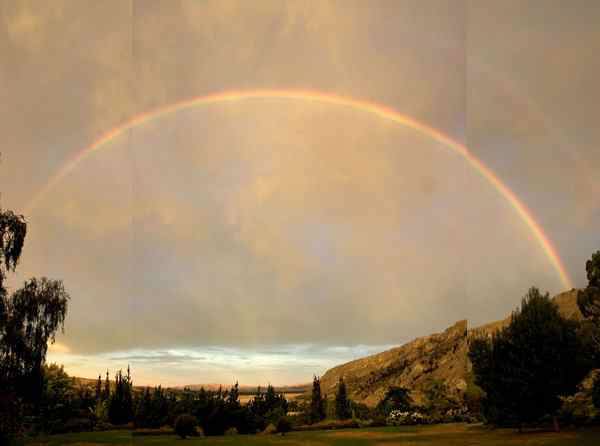
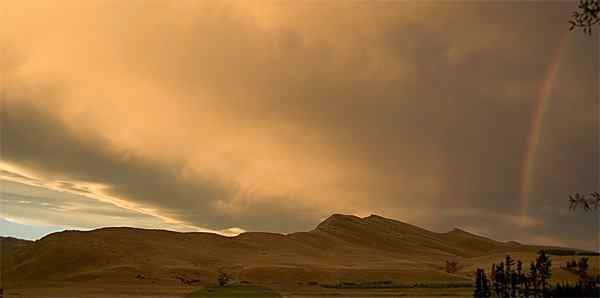
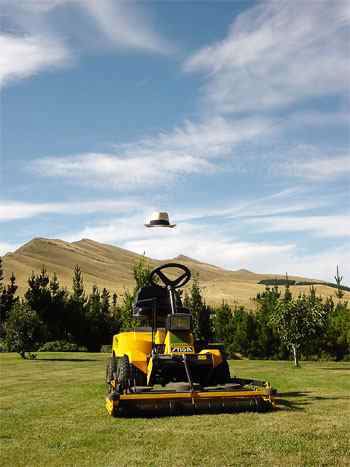
.jpg)


